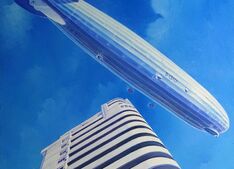When we first moved to Australia in April 2004 my wife Susan suggested that we work on getting a show for my paintings. I had a couple of commissions which I completed by the end of the southern winter but they were going back to live in the USA so as soon as I could I began working on Australian subjects which at the onset consisted of mostly Spitfires since I had hooked up with the Australian Spitfire Association. After spending ANZAC Day 2005 with the Aussie Spitfire pilots and their families in Sydney, we returned to the Gold Coast, packed up and moved to the bush in Esk Shire to be near the Ramblers Drop Zone at Toogoolawah. On my first day there while waiting in the loading area I noticed a big rock with a couple of plaques on it. It turned out that the famous WWI ace Roderick Stanley "Stan" Dallas had grown up not far from the DZ and where Susan and I were living. After I finished jumping for the day I noticed several B&W photos of Stan in the clubhouse. He flew a Sopwith triplane! I decided then and there to put a triplane project in the hopper. I just didn't know quite how long it would take me to finally finish the project.
In August of 2005 Susan scored a show for me at the Qantas Founders Outback Museum in Longreach, QLD. The show was scheduled for the following winter so I needed to get cracking if I was going to have enough Australian subject matter in time for the show. Pursuing information on the internet I discovered Stan's biography, "Australian Hawk Over the Western Front" by Adrian Hellweg. I contacted Adrian and got a copy of his book which is where the above photo is from. The book gave the serial number of almost every aeroplane flown by Dallas in achieving 45 victories. Between late January and mid August 1917 Stan scored 11 destroyed and 12 Out of Control enemy machines with triplane number N5436. Now all I had to do was find out what that triplane looked like. It was easier said than done and my paintings needed to be completed by mid-April in order for them to dry in time for the show. Thinking that his plane was number 7, when I found a photo of a line-up of triplanes from Stan's unit I surmised that the third machine from the camera was N5436 and used it for the markings on my painting.
Time was zipping right on by but I managed to complete 12 paintings of Australian aircraft, among them the triplane which I titled "Queenslander Over the Western Front". Here is what it looked like.
So round about the first of my we packed all of my paintings into two large crates with wheels an shipped them around the first of May via rail to Longreach. A month later Susan and I followed. Here I am at the museum on the day after the show opened.
That was in 2006. About 10 days ago, a little over twelve years since I completed I discovered new information contradicting the paint scheme I had used in my painting. First there was this photo from a book by Norman Franks attributed to the T Mellor-Ellis Collection which stated that this was Stan's N5436 and it wasn't number 7, it had the letter "C" on the fuselage.
More searches turned up several websites that said the same thing. I also found another, more clear photo of the triplane line-up and the serial number on number 7 was legible. It is N5472 which was flown by Flight Commander H.V.Rowley. Bailleul, France, circa 1917.
That was all the evidence I needed to see what I had to do and luckily I have not sold the painting yet. Over the years there have been several instances where I have wished I could make changes upon discovery of new information but the paintings were long gone. This particular painting measures 30" x 40" and was painted on very heavy, marine quality canvas which is much rougher than the canvas I have been using since then. It was interesting to feel that coarse texture again. Here is my revisited painting updated with the new information I discovered twelve years later.
And that folks, is my tale of two triplanes.
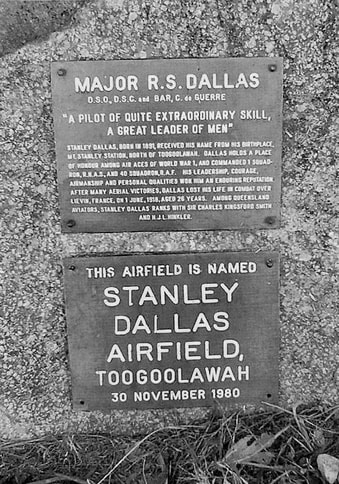
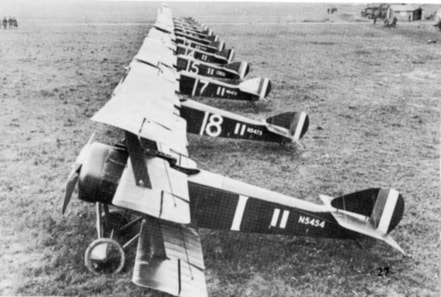
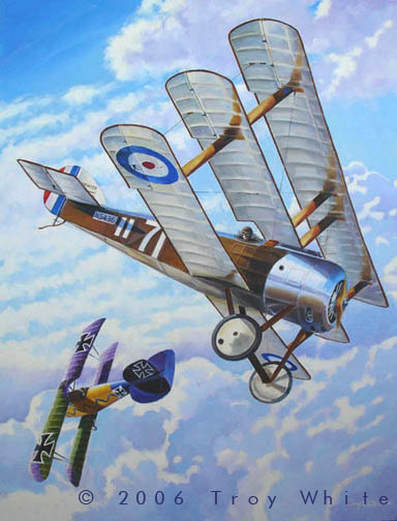
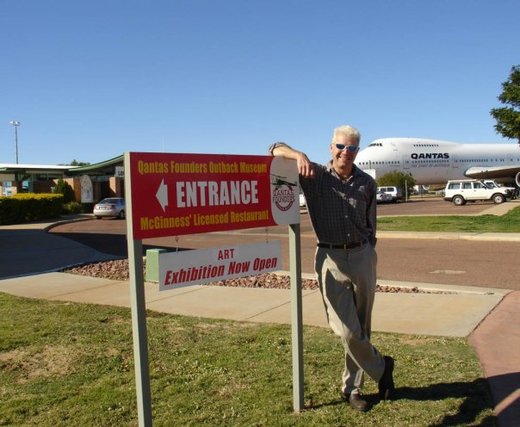
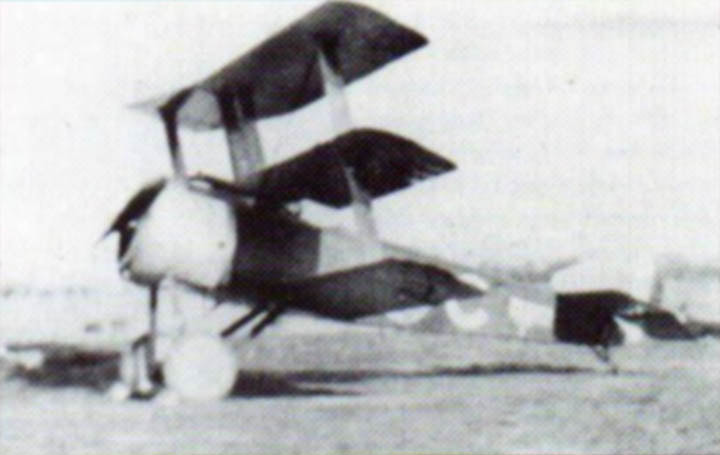
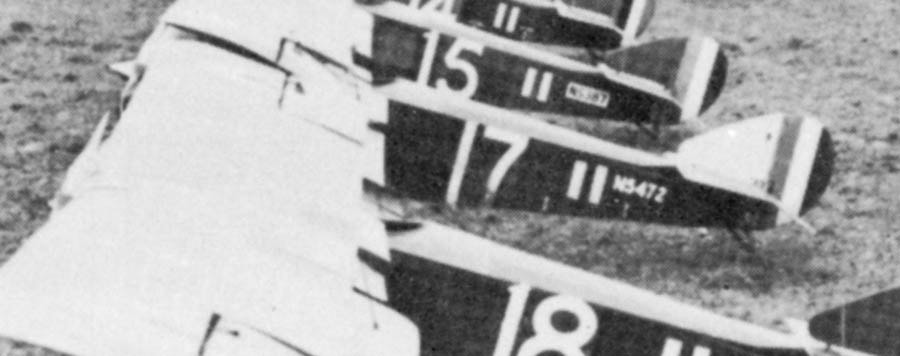
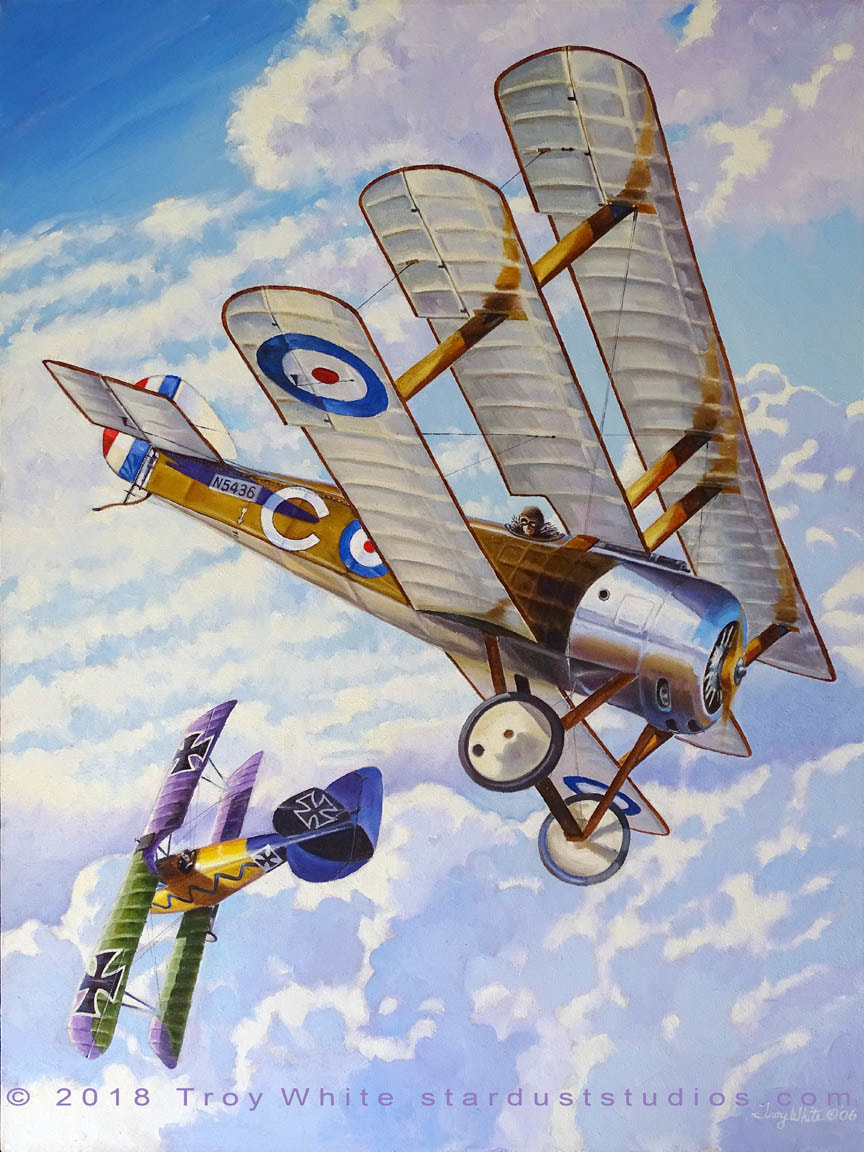
 RSS Feed
RSS Feed
